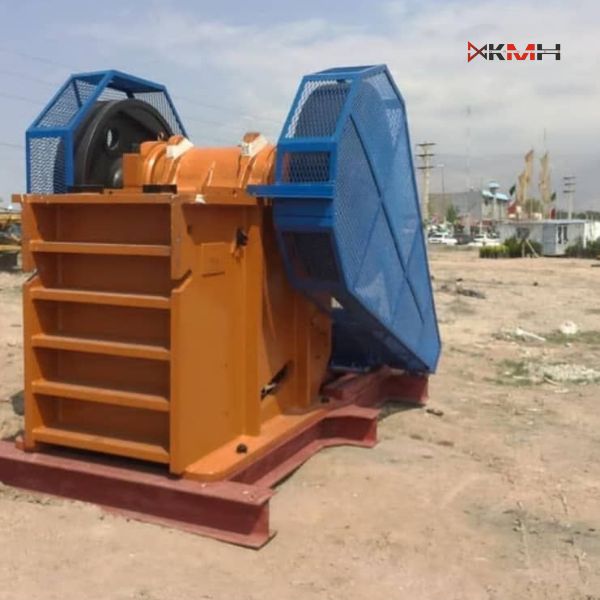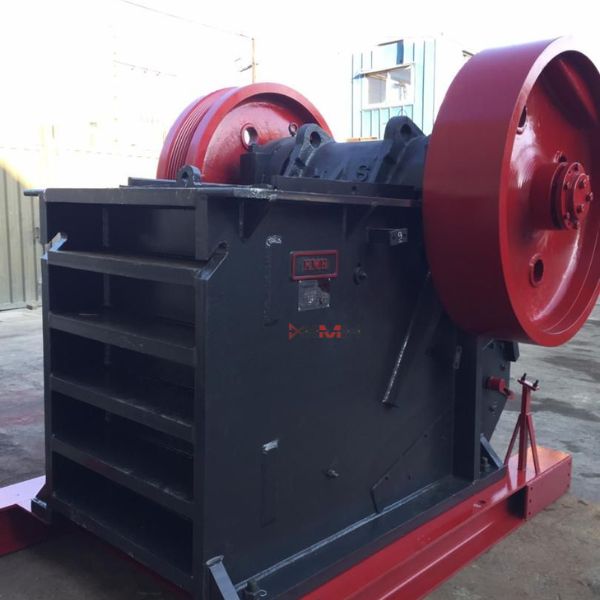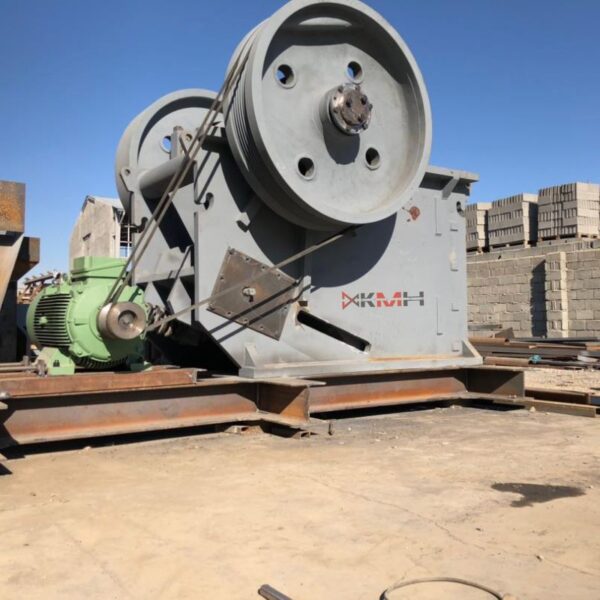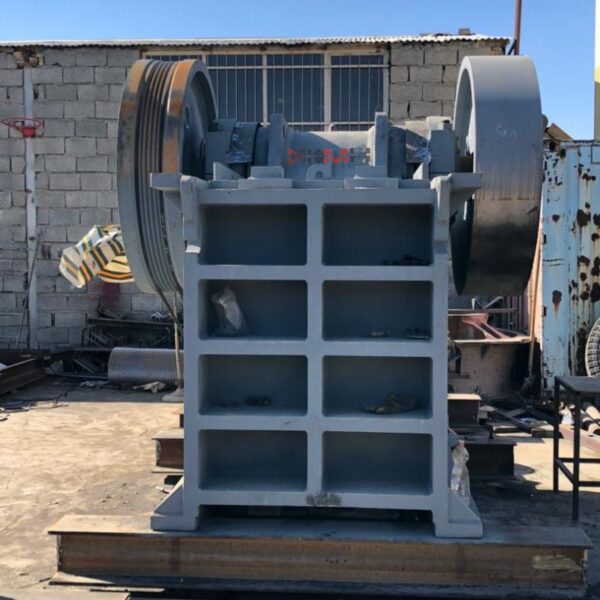A jaw crusher is a primary type of crusher used in various industries for crushing different types of materials into smaller, more manageable sizes. It operates by compressing and breaking down the material between fixed and movable jaws. The material is fed into the chamber where the jaws come together, exerting force to crush the material.
Key Components:
- Fixed Jaw: The immovable part of the jaw crusher against which the material is crushed.
- Movable Jaw: The part of the jaw crusher that moves back and forth to crush the material against the fixed jaw.
- Toggle Plate: A safety mechanism designed to break if uncrushable material enters the crushing chamber, preventing damage to the crusher.
- Adjustment System: Allows for the adjustment of the gap between the jaws to control the size of the crushed material.
Functionality:
- Primary Crushing: Jaw crushers are commonly used as primary crushers in various applications, such as mining, quarrying, recycling, and construction. They are typically used to break down large stones, ores, concrete, and other materials into smaller pieces for further processing.
Advantages:
- Versatility: Jaw crushers can handle a wide range of materials and particle sizes.
- Simple Maintenance: Generally easy to maintain with straightforward maintenance procedures.
- Highly Efficient: Efficiently crushes materials without excessive heat generation.
Variations:
- Single Toggle Jaw Crusher: Has a single, lighter swing jaw, and is typically used for primary crushing.
- Double Toggle Jaw Crusher: Has a double set of toggles to control opening and closing, allowing a higher capacity than the single toggle jaw crusher.
Jaw crushers come in various sizes and capacities to suit different application needs, providing essential equipment for material reduction in industries dealing with large volumes of raw material processing.








Reviews
There are no reviews yet.